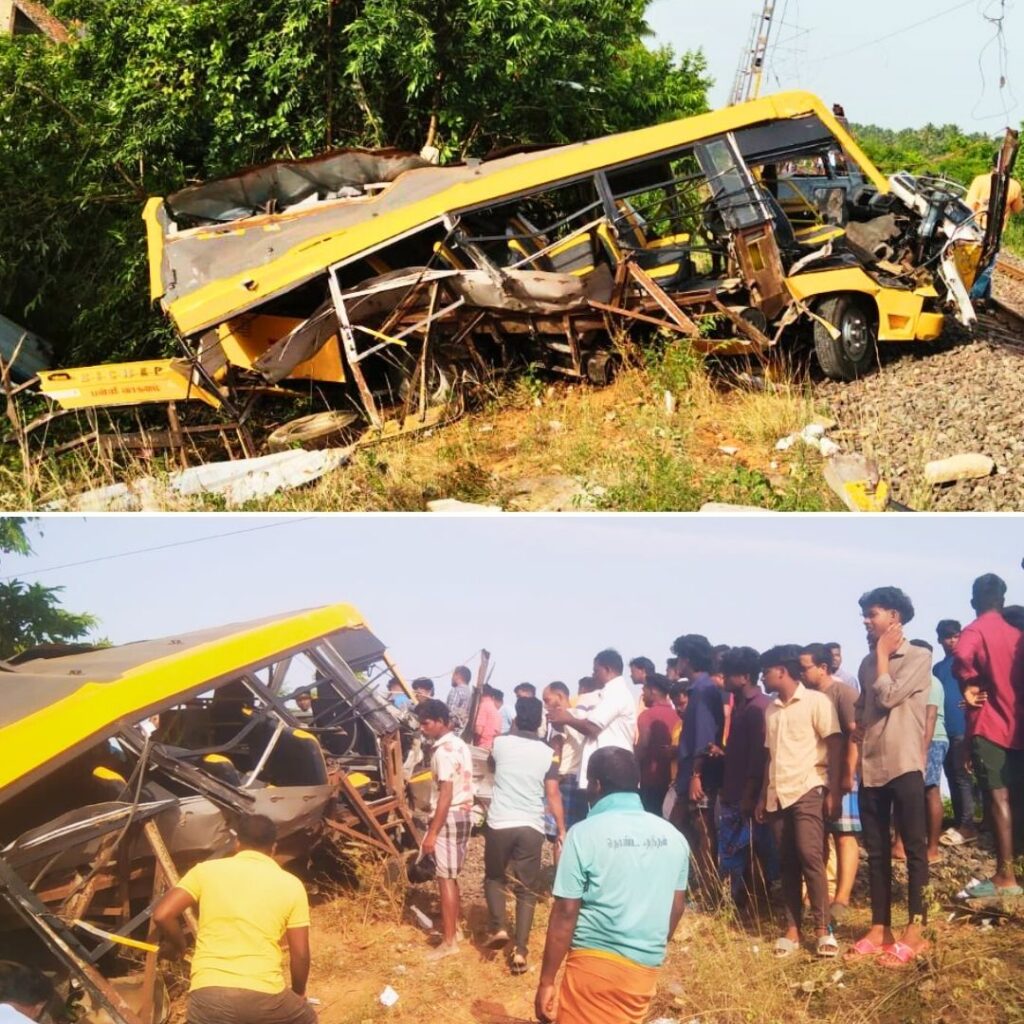Cramping muscles, blood in the urine, stomach pain, and hardening of skin into nodules – the effects were many. The locals of Ballia village in Uttar Pradesh fought against the scourges of arsenic contamination of their drinking water with a solution of their own.
Arsenic is harmless in its natural state. It is present in the earth’s surface. Over hundreds of years, arsenic from the mountains settled in the plains and seeped into the ground. Even in this state, it is harmless but when it comes in contact with oxygen, it becomes toxic. It also has high affinity to iron, which makes it deadly for the human body. As less as 1.5 grams per KG can cause severe defects. It enters water supply systems mostly from industrial or agricultural pollution. Consumption of arsenic-polluted water for an extended period of time accumulates the poison in the body.
Ballia’s battle with arsenic contaminated water began in 1990. Till then, the locals used wells. The pollutants caused health problems. With the idea that groundwater will be safer, the Central government constructed various hand pumps in Bihar and Uttar Pradesh. The convenience of using hand pumps over existing open wells won over the villagers, but what followed was a menace they did not envision.
The villagers were troubled by ailments such as itchy skin lesions, changes in skin colour, thickening of skin into nodules among other things. A chronic cough, gastrointestinal disturbances, and shortness of breath also added to their discomfort. This continued for years until the government finally swung into action in September 2011.
Arsenic poisoning was suspected to be the reason behind the deteriorating situation. The water sources of the village were tested. Reports suggested that 31 districts in Uttar Pradesh had arsenic levels above the safety limit. As per the World Health Organisation, this limit is 5 parts per billion. In India, the limit is at 50 parts per billion, ten times the global standard. In Ballia’s villages, the levels were even higher. Almost 100 ppb in some places.
The government wanted first to find the cause of the water contamination. Arsenic is also the harmful by-product of gold mining. So the first step that the government took was to look for Gold mines. But they didn’t discover any.
They later found that the reason was hand pumps. When the hand pumps were installed, the aquifers were tapped at a depth of 40-60 m. This resulted in iron and arsenic leaking into the water supply, which aggravated the problem. In the Ballia district alone, 38% of the hand pumps tested showed high levels of arsenic. Water with high doses of arsenic has a yellow tinge.
Ramesh Kumar Yadav ran a ready-made clothes shop in Ballia till 2007. He had white spots all over his body like a rash due to the poison. Embarrassed by this, he shut his shop and returned to his village of New Durjanpur, 5km from Ballia. His condition worsened further, with many of the spots turning into lesions. Yadav was just one of the 20,000 people who suffered similar ailments. In 1997, 69 locals died of arsenic poisoning. And it was now time for the villagers to fight this battle.
They decided that the solution was to dig deep tube wells or low hand pumps which were supposed to be deeper than the contaminated sources. But the massive costs and the long-term safety of these sources was a matter of debate.
The government piped water schemes could also provide safe water, but this idea was defeated by lack of money and power, the latter being a problem in the state.
Villagers reviving old wells in Ballia district, UP
So Dilip, a victim of the crisis, came up with a viable solution. He just stopped using his hand pump. He repaired and started using water from an existing open well.
Today, more and more locals have united to keep their water sources safe and hygienic. They are reviving old and disused wells. A 12 member team is led by a dedicated 95-year-old enthusiast, Dhanik Ram Verma. The determined man lowers himself down on ropes in the revived wells for a first-hand inspection.
Despite all their efforts, thousands of villagers still struggle with the side effects of years of slow poisoning. It will take few more years at least for the effects to wear off slowly.











